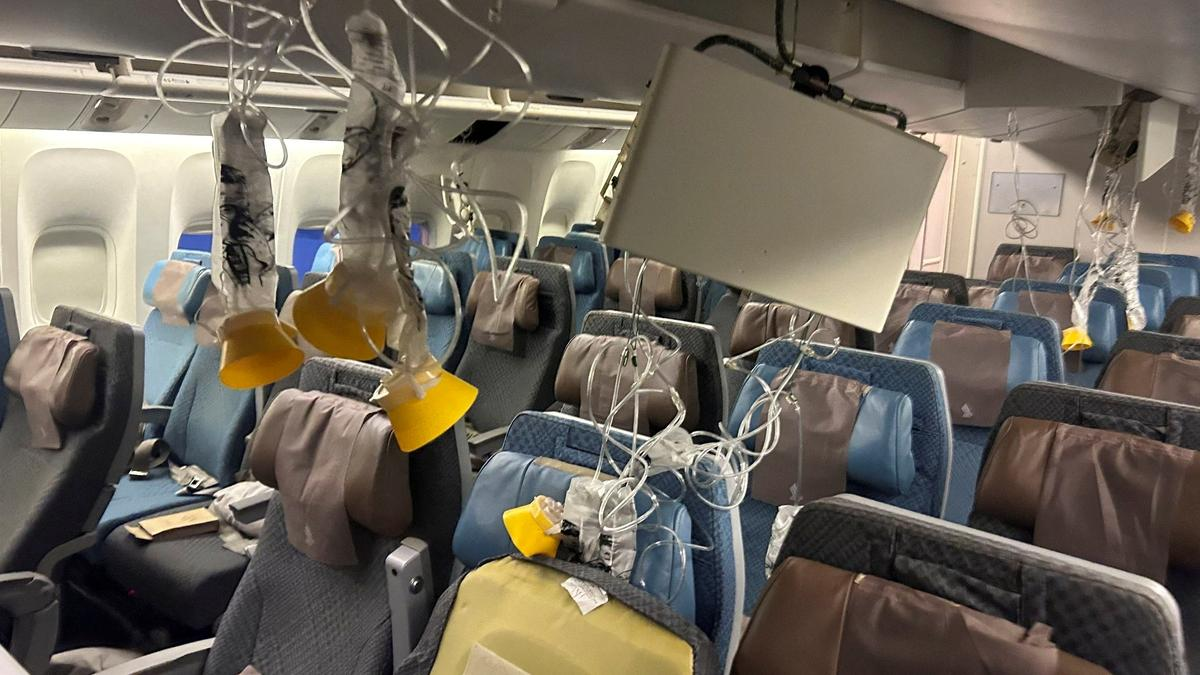Free Courses Sale ends Soon, Get It Now


Free Courses Sale ends Soon, Get It Now



Copyright infringement not intended
Picture Courtesy: https://www.thehindu.com/sci-tech/science/what-is-aircraft-turbulence-and-how-common-is-it-explainer/article68201559.ece
Context: A Singapore Airlines flight from London to Singapore experienced severe turbulence on May 21, causing one passenger to die and 30 others injured, prompting the flight to divert to Bangkok.
What is Turbulence?
Causes of Turbulence
Types of Turbulence
Effects of Turbulence
Conclusion
Source:
|
PRACTICE QUESTION Q. A commercial aircraft flying from Delhi to Chennai encounters sudden turbulence while cruising at an altitude of 35,000 feet. The pilot suspects wind shear. What atmospheric conditions could be most likely causing this turbulence? A) Strong headwind at cruising altitude B) A temperature inversion causing stable air C) Convergence zone with rising air D) Strong vertical wind shear with a change in wind direction Answer: D |
© 2024 iasgyan. All right reserved